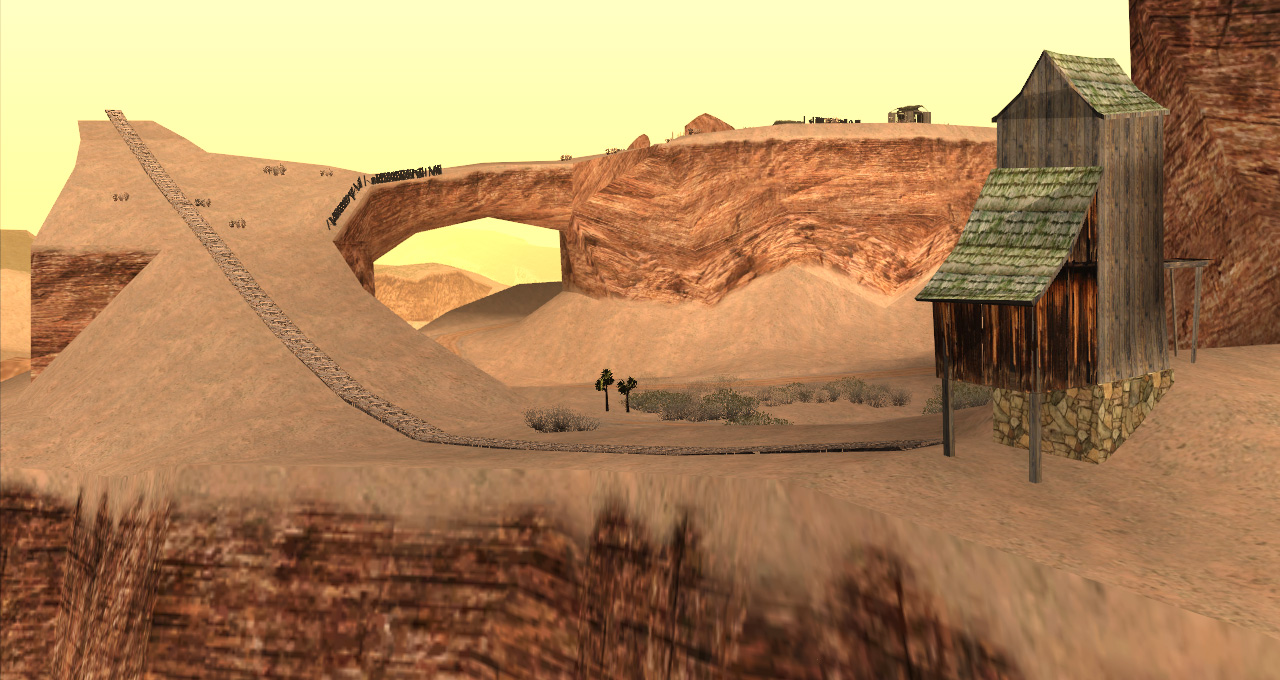

In this chapter, the first two of these hypotheses are critiqued. heidelbergensis populations to make handaxes, and perhaps other stone tools characteristic of the Acheulean or that high-fidelity social transmission was an integral part of the behavioural repertoire of H. heidelbergensis would have encountered that there was a genetic predisposition among H. Three competing hypotheses have been proposed to explain this longevity: that Acheulean technology lies in a zone of latent, easy to invent solutions to problems that H. The Acheulean stone tools of Homo erectus and Homo heidelbergensis are the longest enduring of all archaeological cultures, lasting for 1.5 million years. Our results support the existence of a widespread standardized “Clovis” knapping technique, most likely transmitted through direct interaction between knappers from different groups. When compared to modern Clovis point replicas made by an expert knapper, the flake scar contours of the ancient Clovis points showed little morphological variation and a large degree of bifacial symmetry.

In the final step, the contours were transformed with elliptic Fourier analysis into Fourier coefficient series, and patterns of variation and symmetry were explored with principal components analysis. Next, these models were digitally cross-sectioned through both faces, yielding two-dimensional isoheight contours of flake scar patterns that reflect the original reduction techniques used to shape the projectile points.
#A TALE IN THE DESERT KNAP A SLATE BLADE PORTABLE#
First, 3D surface models of the points were created with a portable laser scanner. To investigate these ideas, we used digital morphometrics to analyze 50 Clovis points from nine different contexts. Others have rejected this idea, proposing local and independent technological adaptations to different regional environments. Similarities among Clovis points from geographically diverse locations have led some researchers to suggest that a uniform projectile point technology existed across North America during Clovis times. Clovis may be the best documented Paleoamerican culture in North America, but much remains to be learned about the movement and interactions of Clovis peoples. 11,050–10,800 radiocarbon years before present. Clovis points are the principal diagnostic artifacts of a Clovis complex that spread across North America between ca.


 0 kommentar(er)
0 kommentar(er)
